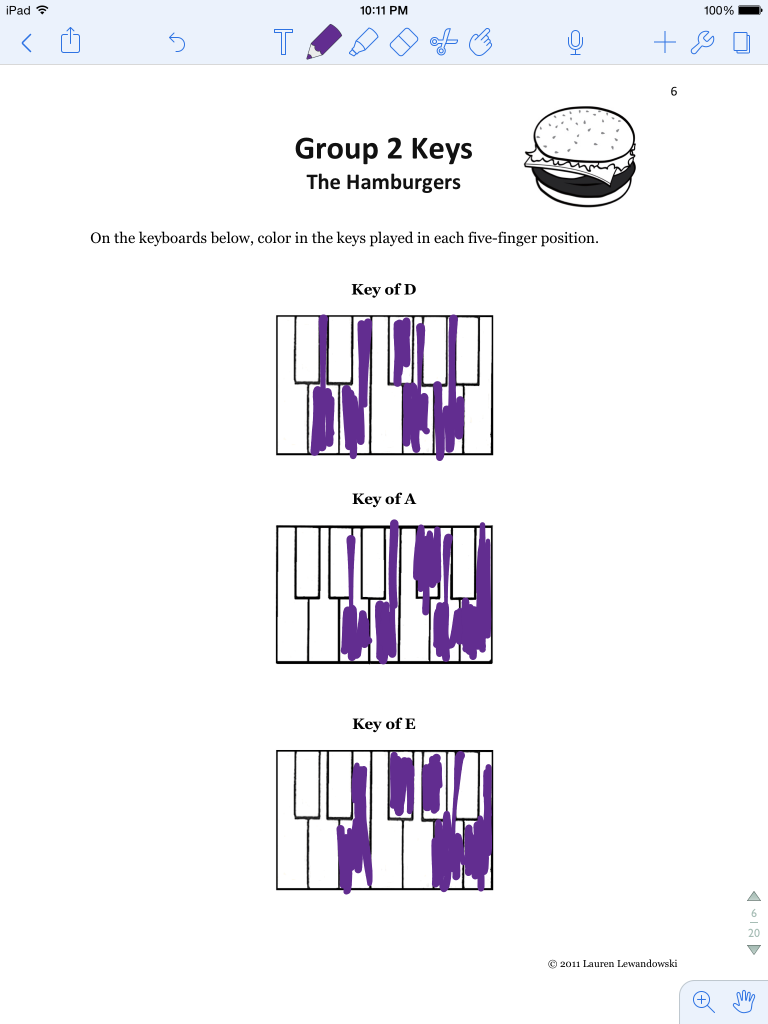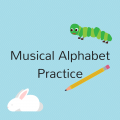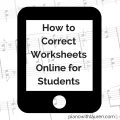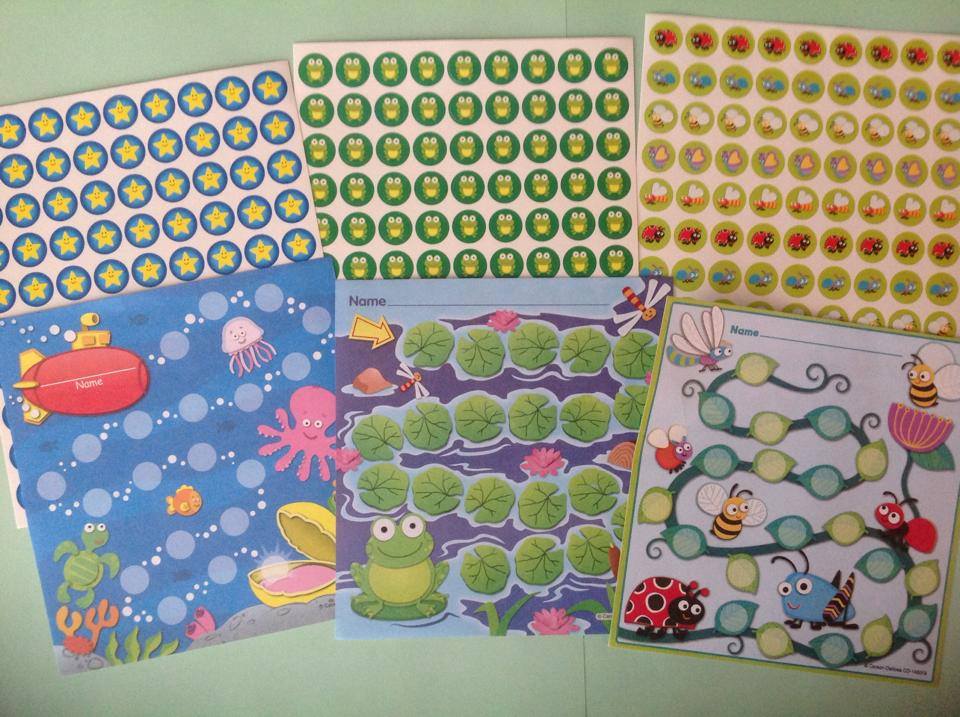By Caroline Hixson
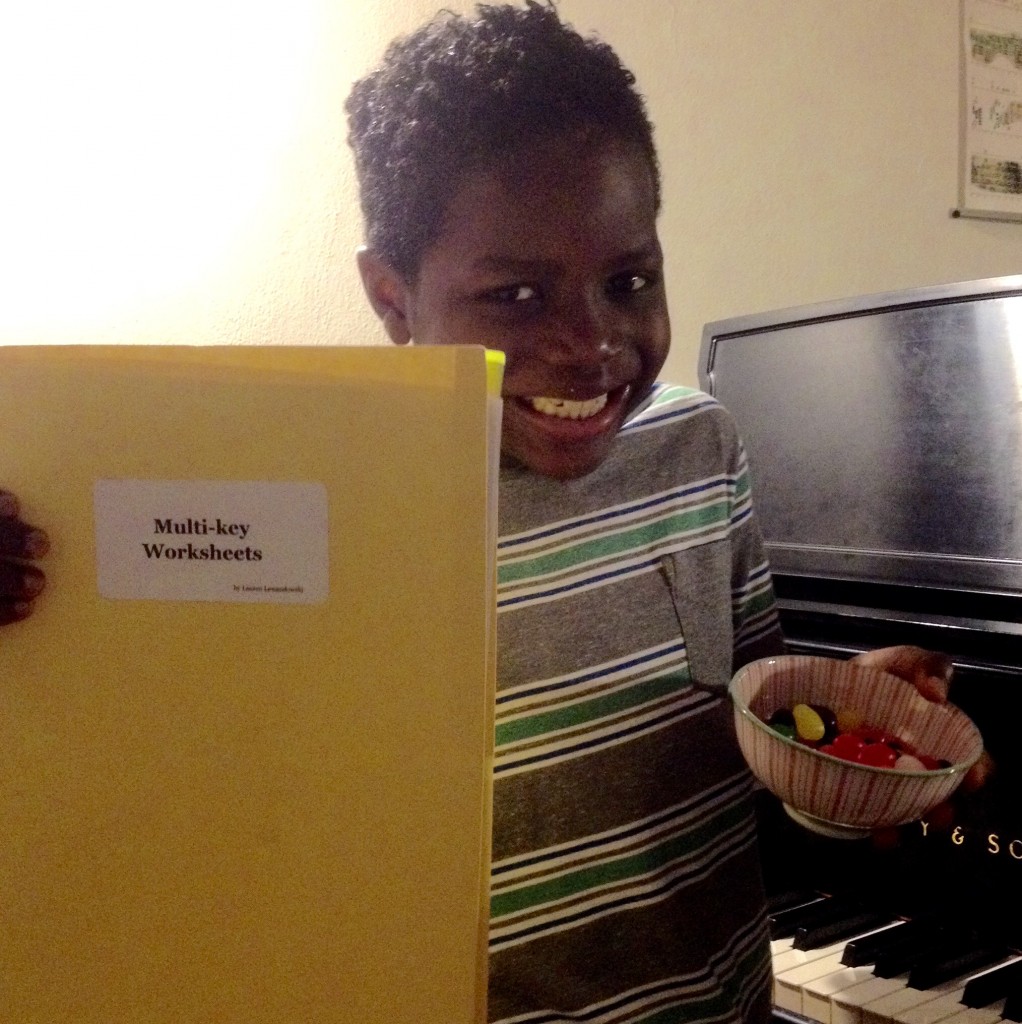
in all 12 major keys. Anyone who has used Jane Bastien’s Pre-Reading Experiences knows that the material and concept really work. That series is a little hard to get young kids excited about, partly because of how outdated it looks. Using the Multi-Key folder gets students excited to play while still learning the same concept.
The 12 keys are divided into 4 groups, named after the appearance of the I chord:
Snowmen (C, G, F)
Hamburgers (D, A, E)
Cookies (Db, Ab, Eb)
Jellybeans (Bb, B, Gb)
Something about the names of the groups and being able to jump in and play in different keys is really appealing to kids. I’ve never had a student think the Multi-Key is boring, and in fact more than one student has gone ahead in the folder and figured out the next group on their own. The worksheets are quick and to the point.
Each group has one page with the 5-finger pattern and I chord written out, a worksheet for coloring in the keys, and a worksheet for spelling the note names and I chord. Review sheets appear throughout the folder. Once they’ve learned the I chord I just teach them the cross-hand arpeggio by rote.
Completion of the Multi-Key folder feeds into the Ready for Theory workbooks, but I like to keep the student in just Multi-Key for about their first year of lessons. The digital download is perfect for that, because you can have students review and reinforce the worksheets on your iPad. By this time they feel really confident and can fly through and review.
(Check out this post about using the sheets on your tablet)
I like to start pre-reading students with a method book (MFPA or something similar), a Multi-Key Folder, and Pre-Reading Solos or Duets. Pairing the Pre-Reading Solos with the Multi-Key works amazingly well. Each solo is off the staff and is designed to be learned in one key and transposed. For instance, I’ll assign a solo to be learned in D and then transposed to A and E (Group 2).
By the time students have learned all 12 keys they have for sure earned a prize! I have been known to let them eat jellybeans after finishing Group 4.
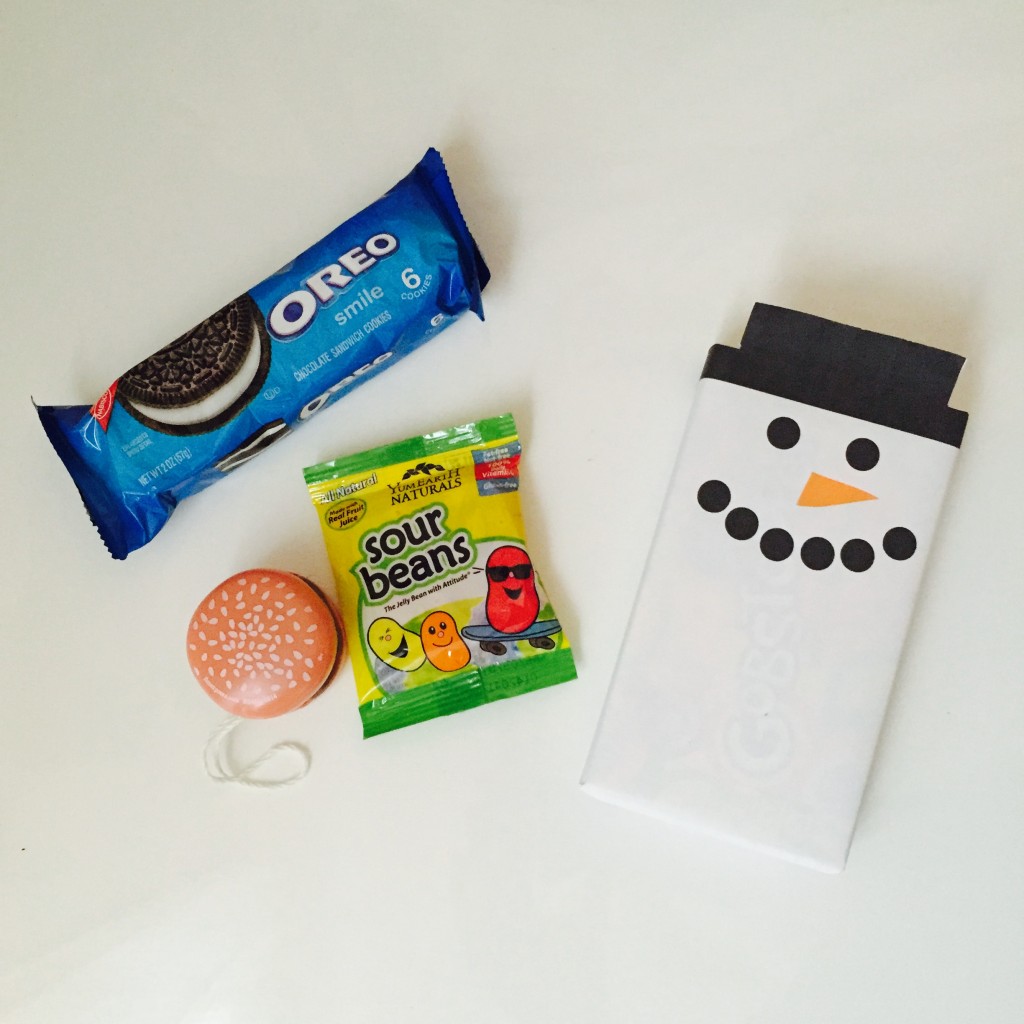
- ‘Snowman’ candy (Snowmen-themed candy and toys are a lot easier to find in December, so I just bought $1 boxes of candy and covered them with a snowman print-out.)
- Hamburger yo-yo
- Oreos
- Jellybeans
This was before they looked in the bags-they actually all loved them, especially the yo-yo for some reason.
By the time these students are reading they are building a really strong foundation. They’re confident at the piano and really feel like they understand what they’re playing.
A note about the teacher:
Caroline Hixson is an adjunct faculty member at Webster University, where she teaches applied piano and serves as a collaborative pianist. She maintains a private piano studio, Hixson Piano LLC, and is an active collaborative pianist in the Saint Louis, Missouri area.

Lauren teaches piano to students of all ages. She enjoys creating resources for her students and teachers. She is the author of Ready for Theory®. For personalized help, check out the consultations page for teachers.

